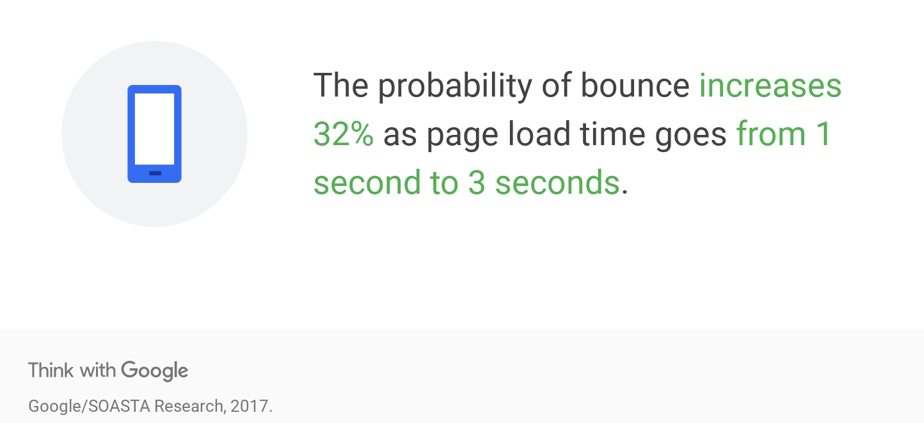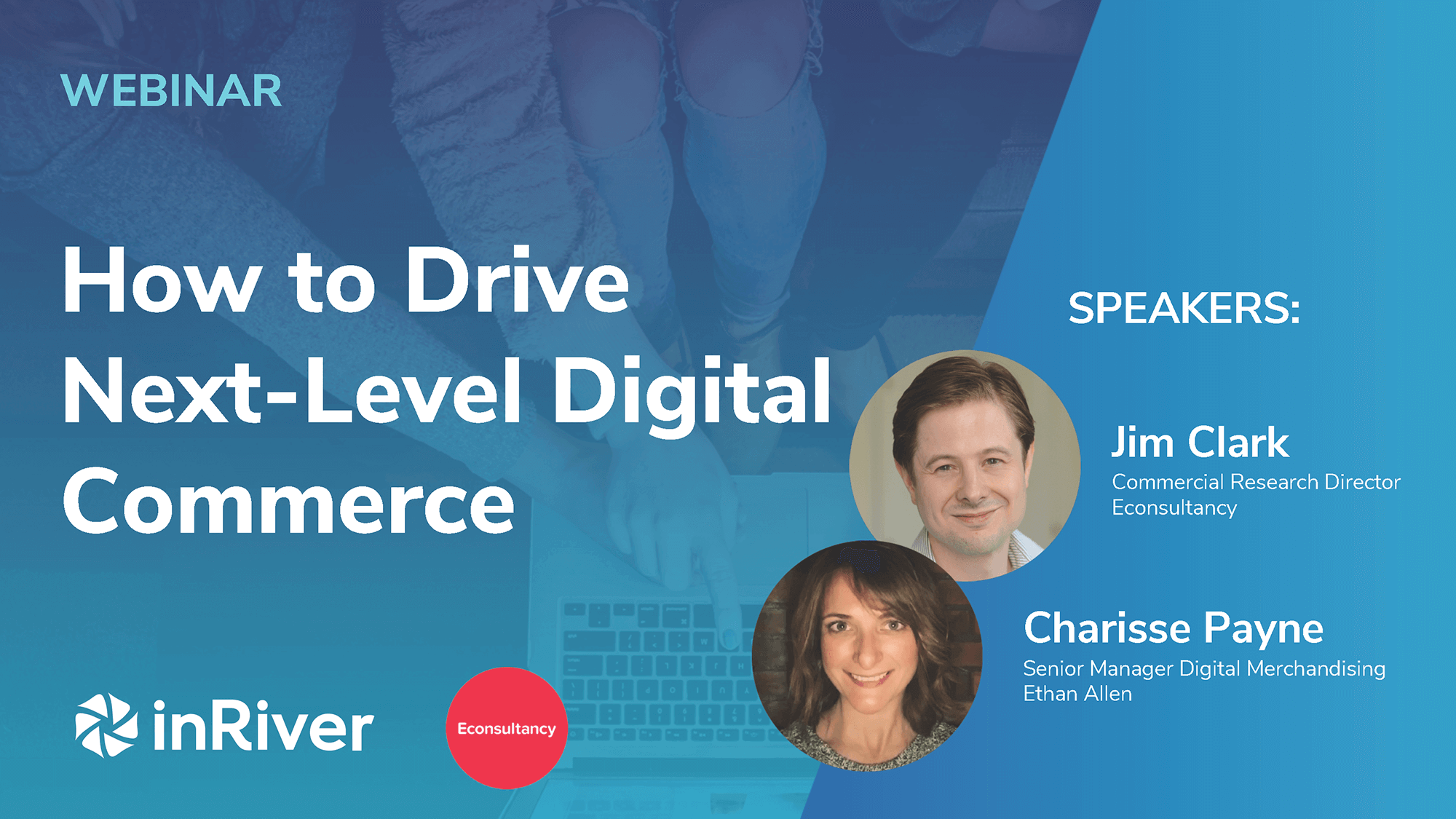Why you need to deliver an omnichannel customer experience
November 10, 2020Simply offering e-commerce options isn't enough to stand out from your competitors or to your buyers.
Global lockdowns related to COVID-19 have shut down brick-and-mortar businesses across the globe. Businesses quickly learned that to make up for in-person sales, they needed to move online if they hadn’t already.
Since the pandemic is far from over, it’s clear that digital commerce is here to stay for businesses regardless of industry. With every business selling online, simply offering e-commerce options for customers is no longer a way to stand out from your competitors.
Instead, your business should ask yourself how you can sell online—and in-person if you’re able—better than your competition. One way to stand out from—and outsell—your competitors is to offer a stand-out omnichannel customer experience.
What is an omnichannel customer experience?
An omnichannel customer experience is a strategy that links sales, marketing, and customer service interactions across channels to create a seamless and frictionless buying experience for your customers.
A typical omnichannel interaction for your customer could include:
- Clicking on a paid Instagram ad, which redirects them to a landing page for your product.
- Reading product reviews, which you’ve linked to on your landing page, so customers can do their research before they decide to purchase something.
- Navigating to the product page from a review, only to find that the product isn’t available in the color they want.
- Chatting with a customer service agent (via a live chat widget on your site) to ask when their preferred product will be back in stock.
- Having the agent place an order for your out-of-stock item so your customer doesn’t have to keep checking in on your site.
- Accessing PayPal or third-party service so customers can securely exchange financial information, then completing their purchase on your site.
- Receiving a follow-up email asking how their experience was and completing a quick survey.
- Receiving a follow-up email once they’ve received their product and asking for a review for your site.
This entire interaction included at least six channels:
- Social media
- A landing page
- Your website or marketplace
- Live chat
- PayPal
When an omnichannel experience is done correctly, a customer should be able to hop from channel to channel with minimal effort. Your landing page directs them to relevant product information. Your live chat widget makes access to customer service available on every page of your site. And recording your customer’s interactions across channels in a tool like a CRM helps you send automated emails at the right time, with the right information.
As soon as a customer experiences any amount of friction or difficulty, they move on.
Why is an omnichannel customer experience important?
When customers experience friction or difficulty when attempting to make a purchase, they’re less likely to make a purchase at all. Reducing frustration is even more critical with online purchases. If your website loading time is delayed by even two seconds, 87% of people will abandon it. That means no sale for you now, and maybe never.

And if your customer has a frustrating experience, whether it’s on your site or in your store, on average they’ll end up telling 15 people about it. That means even if they made a sale, you’ve probably lost at least 15 potential customers.
But outside of preventing loss of sales, making omnichannel interactions easy can increase the value of the sales you’re already making. With every additional channel your customer accesses, they’re likely to spend more money. Omnichannel shoppers spend 4% more money in stores and 10% more online than those who used only one channel.
In short, failing to create an omnichannel customer experience will frustrate shoppers and result in fewer sales. And making omnichannel navigation easy will increase your existing sales totals.
Start outselling your single-channel competitors
If you don’t want frustrated customers to head to your competition’s website, you need to create an effective, seamless omnichannel experience.
Here are few steps you can take to do it:
- Understand who your customers are. What are their likes and dislikes? Where do they spend their time online and in-person? Who’s your ideal customer?
- Map out your customer journey. How do your customers find your products? Where do they do their research? What steps do they need to take before making a purchase?
- Invest in the right tools. How can you improve your website, social media channels, and customer service? What do you need to track interactions across channels to make your customer experience seamless?
- Ask your customers for feedback. What do your customers think you could improve? What do they think would make purchases easier?
- Set your team up for success. Do your team members have access to all the customer information they need? Will they need additional training to navigate new tools or systems?
While creating an omnichannel customer experience will involve some effort, it will definitely pay off in the long run. Your customers will be happier, make more purchases, and hopefully tell their friends and networks how great your company and products are.
Want to learn more about creating a stellar customer experience to outsell your competitors? View our on-demand webinar: How to Drive Next-Level Digital Commerce.
